Development of all-solid-state battery for renewable energy storage
MITSUI MINING & SMELTING CO.,LTD.
Outline
Wind power and solar power generation have been being introduced, is being promoted in each country and region. Although it is required to build a system that stores the generated power in order to use high-quality power stably without being affected by the environment such as weather conditions, it is often exposed to severe climates with low and high temperatures, so the storage system must have high environmental resistance. In addition, natural energy power generation has a sudden change in the amount of power generation, so storage batteries also require high input (charging) characteristics.
A Li-ion secondary battery (LiB) is used as a high energy density storage battery. Since conventional LiB uses an organic electrolyte, it cannot be charged or discharged, in a high-temperature environment of 50 to 60℃ or higher, and may cause fire or explosion.
On the other hand, all-solid-state Li-ion secondary batteries that are currently being developed can be charged and discharged even in low- and high-temperature environments and have high input/output characteristics if a solid electrolyte with high ionic conductivity is used. Therefore, all-solid-state Li-ion secondary batteries are attracting attention as excellent batteries that do not have the danger of fire or explosion.
Mitsui Kinzoku has developed a sulfide-based solid electrolyte with high Li ion conductivity in the order of 10-3S/cm. We will verify the positive and negative electrode active materials whose electrochemical properties and powder characteristics are suitable for this solid electrolyte, and develop high-energy-density all-solid-state Li-ion batteries that provide environmental resistance, safety, and high input/output characteristics.
Description
Wind power has traditionally been introduced in geographically windy Nordic regions. For example, in Denmark, wind power accounts for more than 43% of domestic power consumption in 2017. Since solar power is more advantageous as sunshine hours are longer, a number of projects are underway in desert areas which account for one-third of the world's land.
However, in these areas, there is a large difference in temperature between summer and winter, day and night, and storage batteries that can operate in environments from -20℃ or lower to 50℃ or higher are required. In addition, use of electric power in areas remote from the power plant or in environmentally harsh remote areas and depopulated areas results in large transmission losses. Therefore, it is desirable to use the power generated by renewable energy on the spot via storage batteries.
Conventional LiB uses an organic electrolyte and its boiling point is around 60℃, so it cannot be used at high temperatures. Additionally, wind power generation and solar power generation vary greatly in power generation due to the effects of wind and clouds, so storage batteries require excellent input (charge) characteristics. However, LiB using an organic electrolyte has safety issues such as a risk of fire or explosion due to Joule heat during quick charging or short circuit between electrodes.
Mitsui Kinzoku has developed sulfide-based solid electrolytes for all-solid-state Li-ion secondary batteries with environmental resistance, high input/output characteristics, and high safety to overcome the disadvantages of conventional LiB. Our new solid electrolytes have a good reputation in the market. Furthermore, we have been developing and manufacturing cathode active materials and anode active materials for LiB, and can customize them for all-solid-state batteries.
All-solid-state batteries with low and high temperature resistance are required in hybrid and electric airplanes, which are expected to spread toward 2050. All-solid-state batteries are expected to be used in many applications requiring environmental resistance to reduce CO2.
Mitsui Kinzoku began manufacturing electrolytic manganese dioxide for manganese batteries in 1949, followed by cadmium oxide powder for Ni-Cd batteries (since 1958), zinc powder for alkaline manganese batteries (since 1972), MH alloy powders for Ni-MH batteries (since 1990), and LMO powders for LiBs (since 2001), and have been in the battery materials business for more than 70 years with constantly developing new materials and products.
We will continue to develop all-solid-state batteries for renewable energy storage, making use of our existing development channels.
Other Innovation Challenges
Demand response utilizing digital technology in zinc and copper electrolysis plants
MITSUI MINING & SMELTING CO.,LTD.
Development of production method and production equipment for carbon monoxide utilizing metal oxide
MITSUI MINING & SMELTING CO.,LTD.
Reduction of coke consumption in ISP smelting by utilizing alternative fuels
MITSUI MINING & SMELTING CO.,LTD.
Similar Innovation Challenges
Achieving net zero carbon emissions from paint finishing processes
Taikisha Ltd.
Activities for reducing GHG of business operations in Nissin Electric Group
Nissin Electric Co., Ltd.



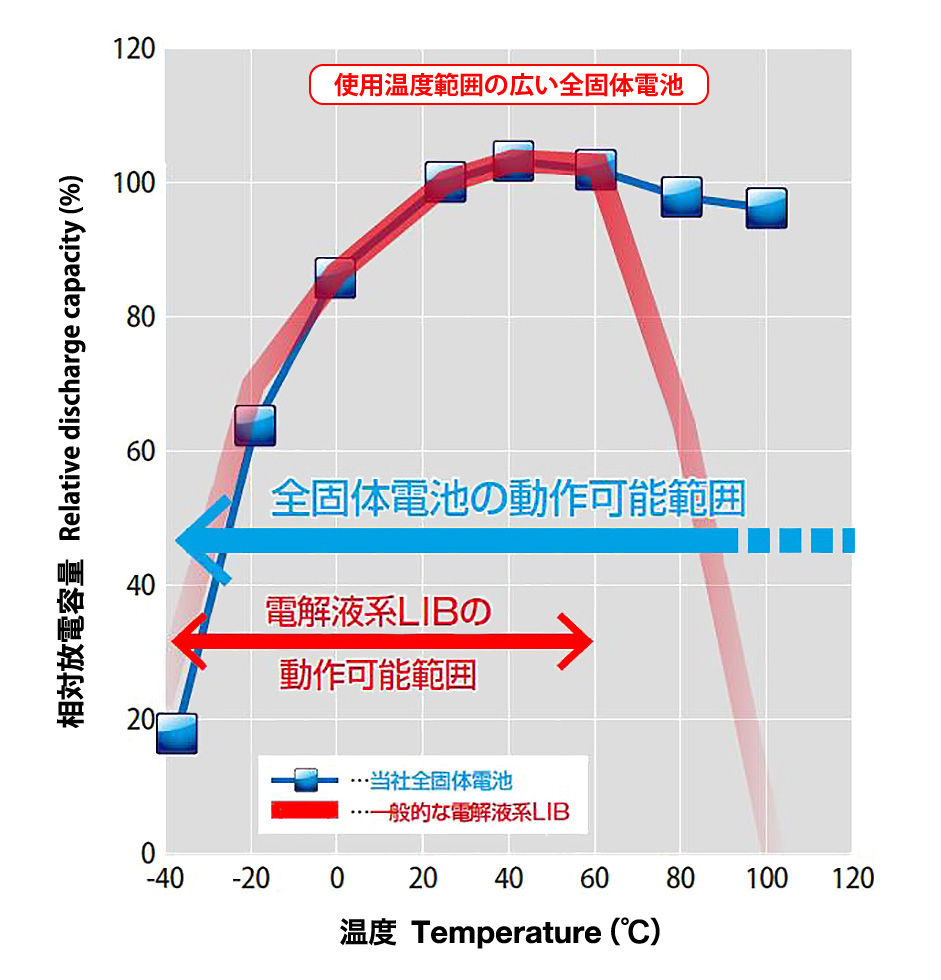
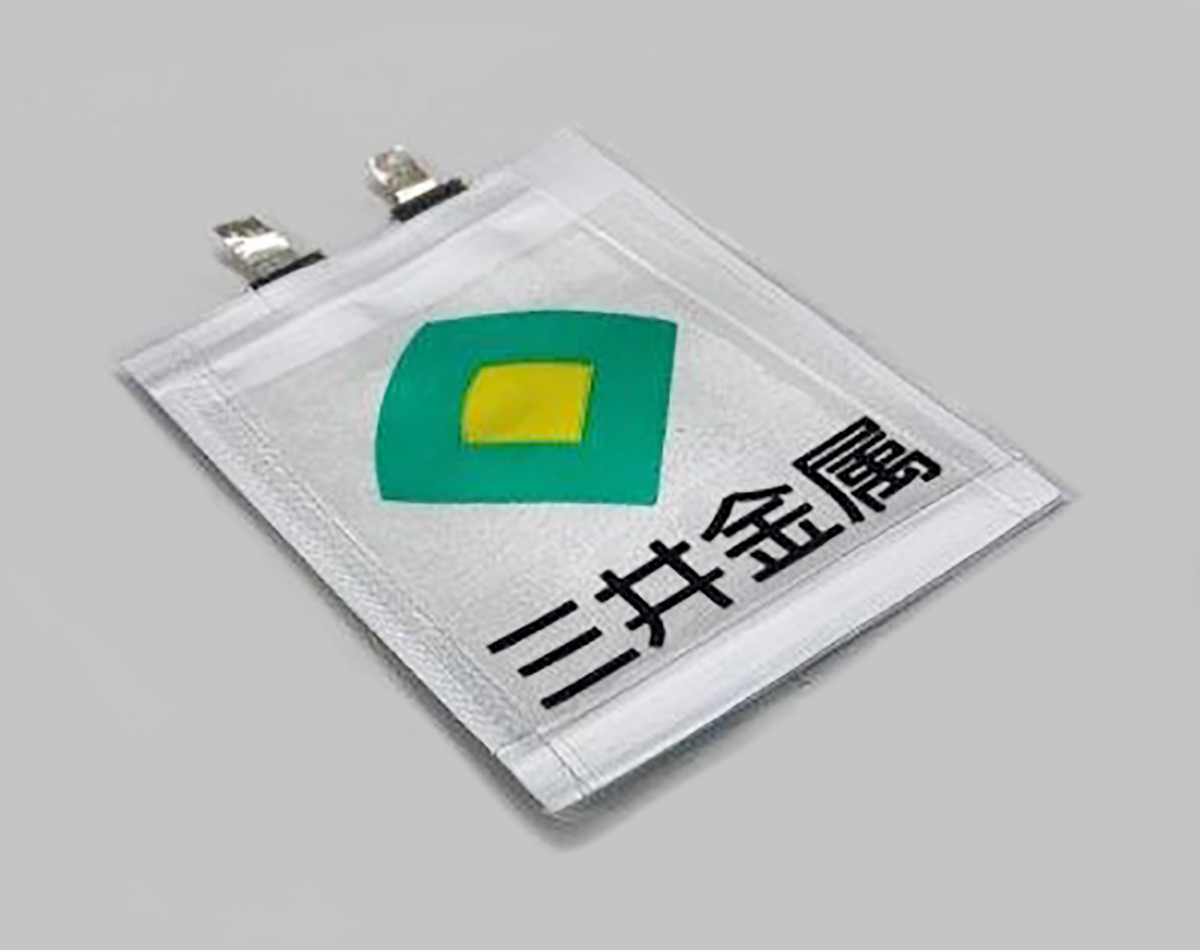

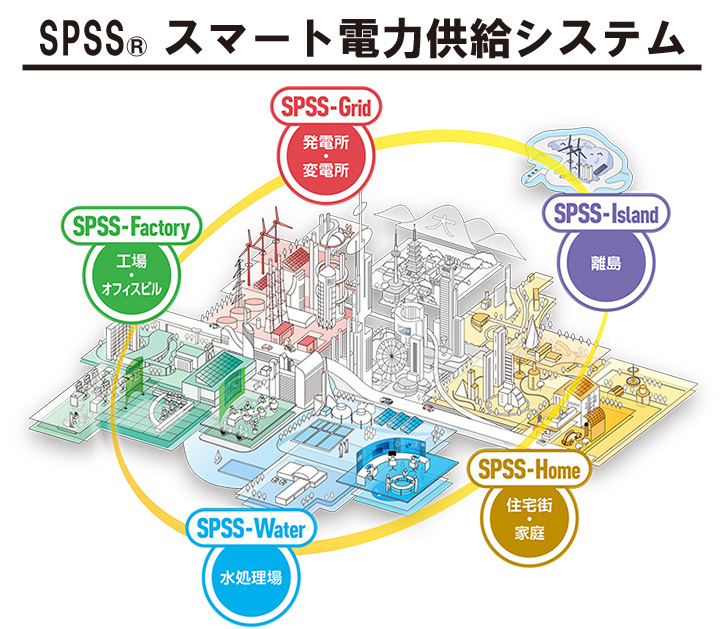
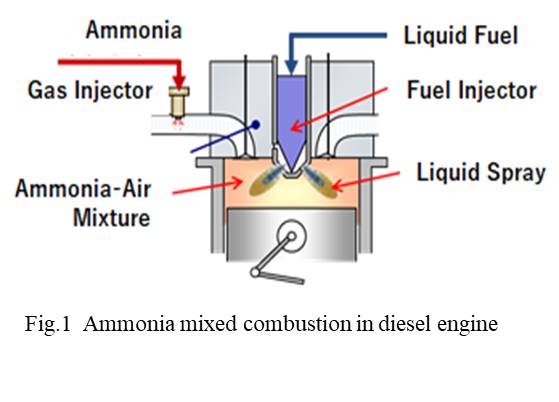
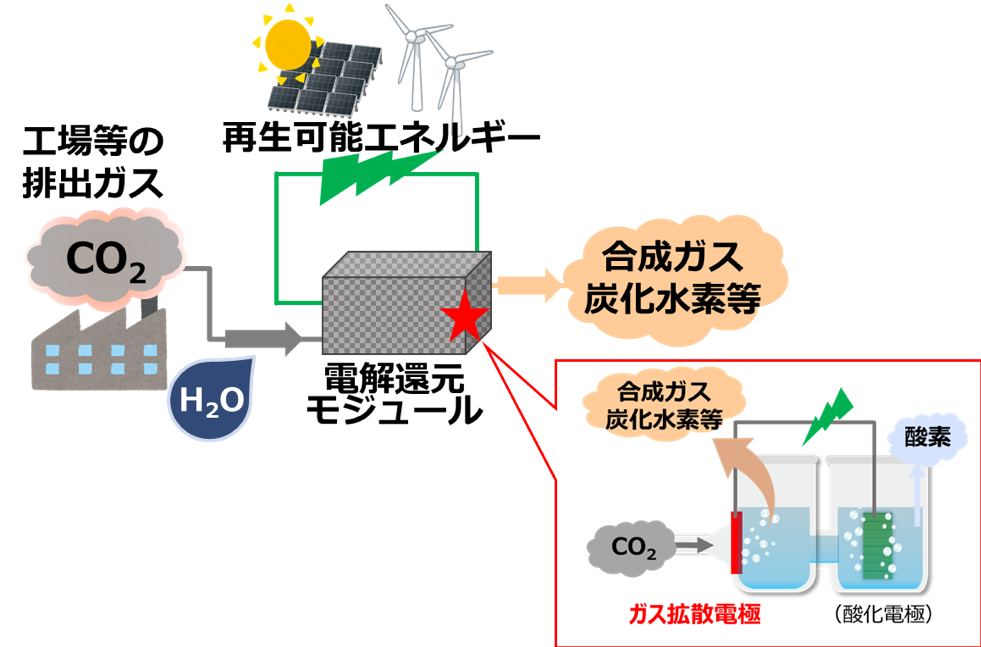
-1人工光合成技術.jpg?id=2&tid=759&imageNumber=1)